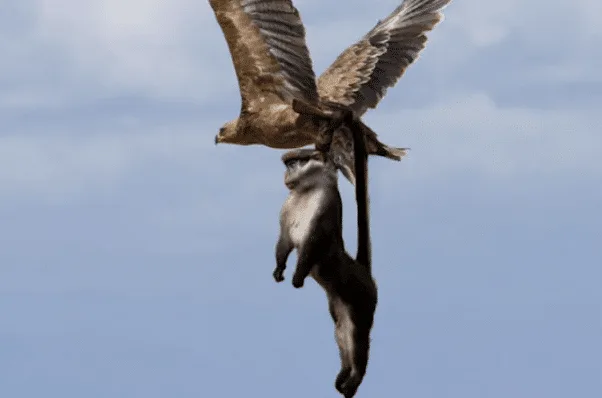In the untamed realms of nature, few spectacles match the awe-inspiring prowess of monkey-eating eagles avian predators whose characteristics and behaviors captivate the imagination. These majestic birds of prey, otherwise known as a Filipino eagle, with their impressive size, incredible speed, and fearsome talons, command attention as they soar through the skies. As we delve into the world of monkey-eating eagles, we uncover the intricacies of their existence, from their physical attributes to their global habitats and dietary habits.
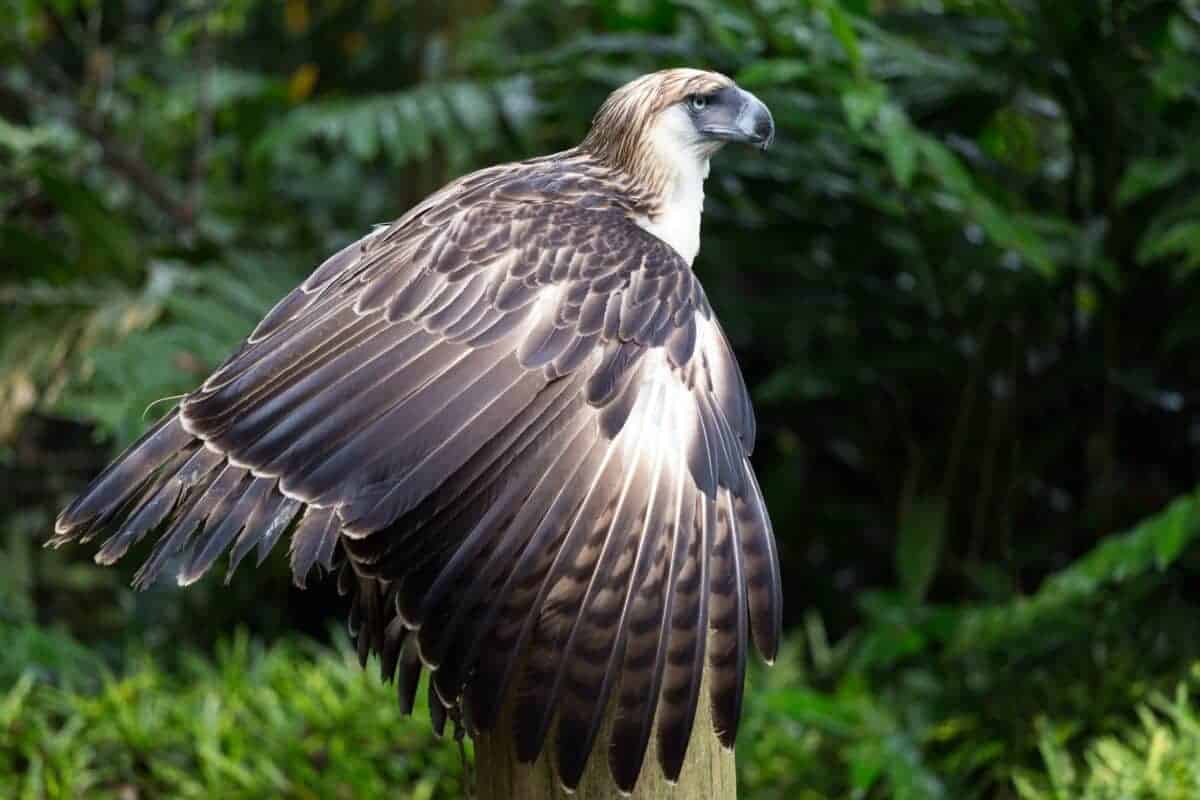
These eagles, scientifically known as Pithecophaga jefferyi, are a rare and magnificent species found predominantly in the Philippines. Their name alone evokes a sense of both ferocity and mystery, hinting at the extraordinary nature of their hunting habits.
Watch Their Hunting Abilities
Characteristics of Monkey-eating Eagles
Monkey-eating eagles are renowned for their colossal size, with an average wingspan ranging from 6 to 7 feet. Their impressive wings allow them to navigate the dense forests of the Philippines with remarkable agility. These eagles exhibit a dark brown plumage that serves as effective camouflage amid the verdant foliage, adding to the challenge of spotting them in their natural habitat.
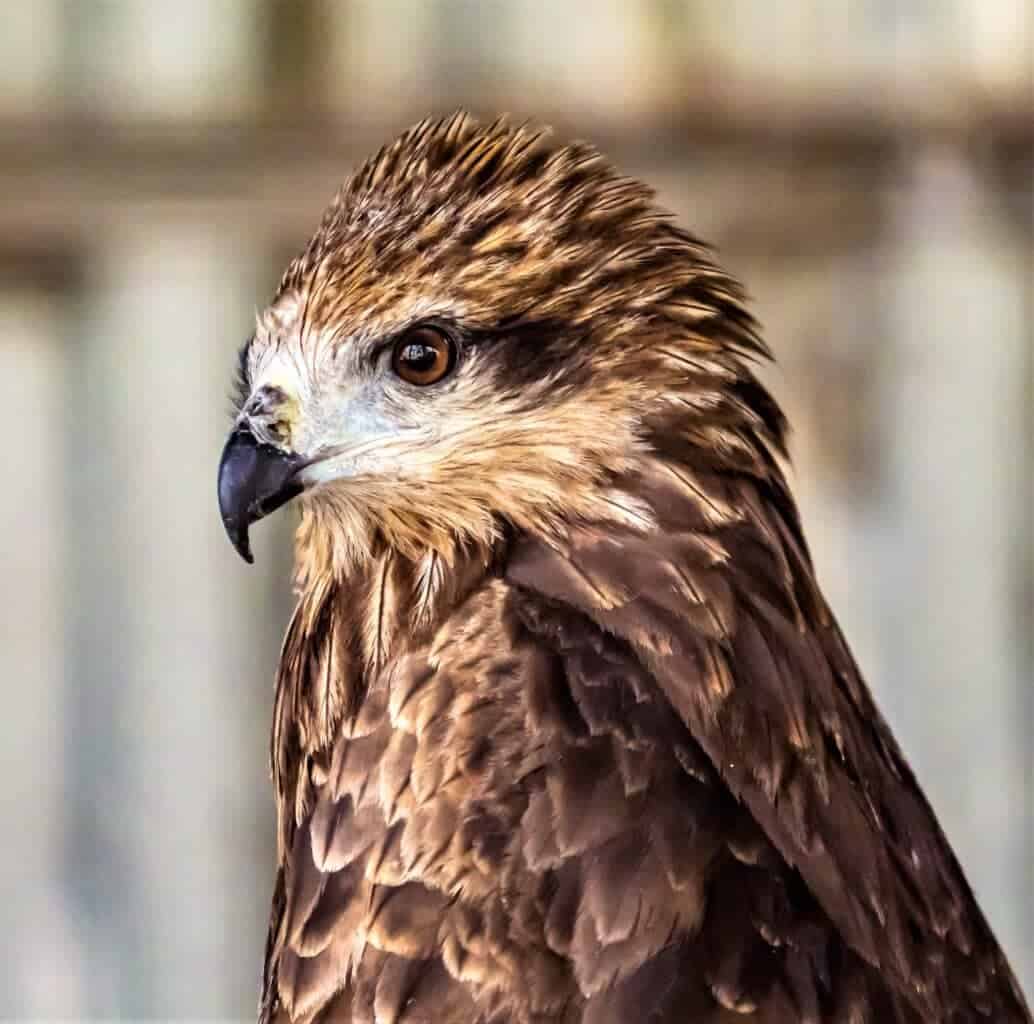
In terms of speed, they are no slouches. While specific data on their flying speed may vary, they are known to reach impressive velocities when hunting or patrolling their territory. Their swift and precise movements in flight enable them to cover large distances in search of prey or defend their nesting sites.
One of the most striking features of these eagles is their powerful and sharp talons. With claws measuring up to several inches, these formidable appendages are essential tools for capturing and securing prey. Monkey-eating eagles employ their talons with deadly accuracy, enabling them to snatch monkeys, their primary prey, from treetops or mid-air with astonishing efficiency.
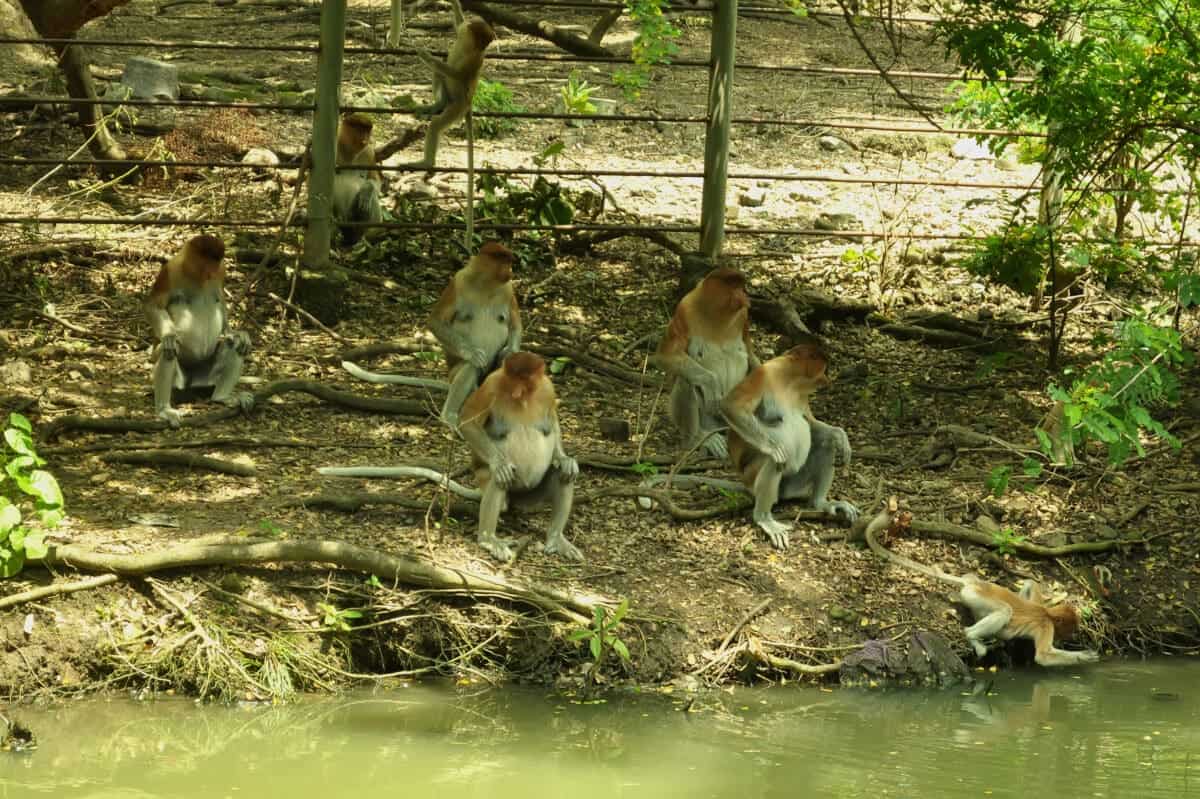
The Philippine archipelago is the exclusive domain of the monkey-eating eagle, where it inhabits tropical rainforests and mountainous regions. This limited geographic range emphasizes the importance of conservation efforts to protect their unique habitats. Deforestation and habitat loss pose significant threats to these eagles, highlighting the urgency of initiatives aimed at preserving the delicate balance of their ecosystems.

While monkeys constitute a substantial part of their diet, monkey-eating eagles exhibit a degree of dietary versatility. Their menu may include other birds, particularly those inhabiting the same regions, as well as small mammals. This adaptability reflects the eagles’ ability to thrive in various ecological niches within their limited range.
The survival of monkey-eating eagles is intertwined with the delicate equilibrium of the ecosystems they inhabit. Conservationists and researchers collaborate to study and protect these majestic creatures, employing measures to combat illegal hunting and habitat destruction. Understanding their behaviors, from hunting techniques to nesting habits, is crucial for formulating effective conservation strategies.
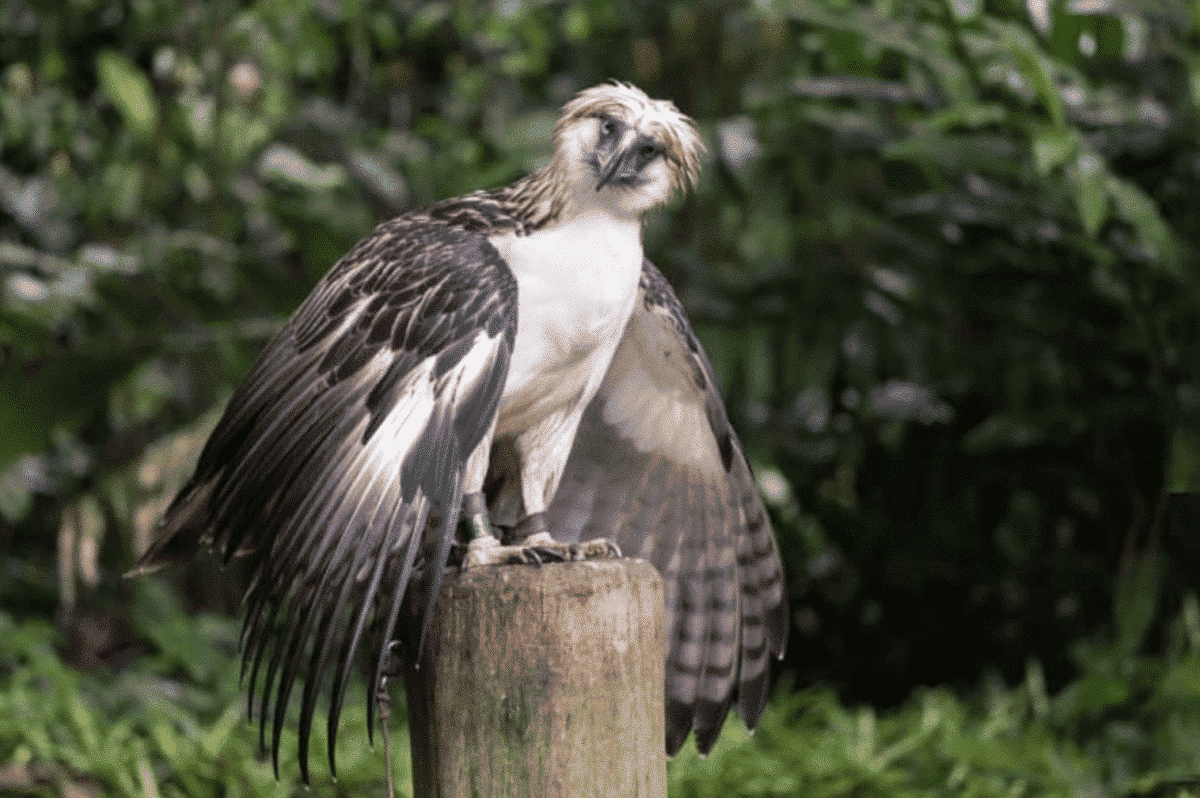
Are Monkey-eating eagles Endangered?
These eagles are critically endangered, facing threats such as habitat loss due to deforestation, hunting, and other human activities. Conservation efforts are underway to protect and preserve this majestic species and its habitat.
Join our Forum for free today!

- Elderly Man Kills Grizzly Bear in Montana - July 22, 2024
- Missing Cat Found Weeks Later, 40 Miles Away - July 21, 2024
- The Fastest Animal on Earth: So, How Quick Are Cheetahs? - July 21, 2024

